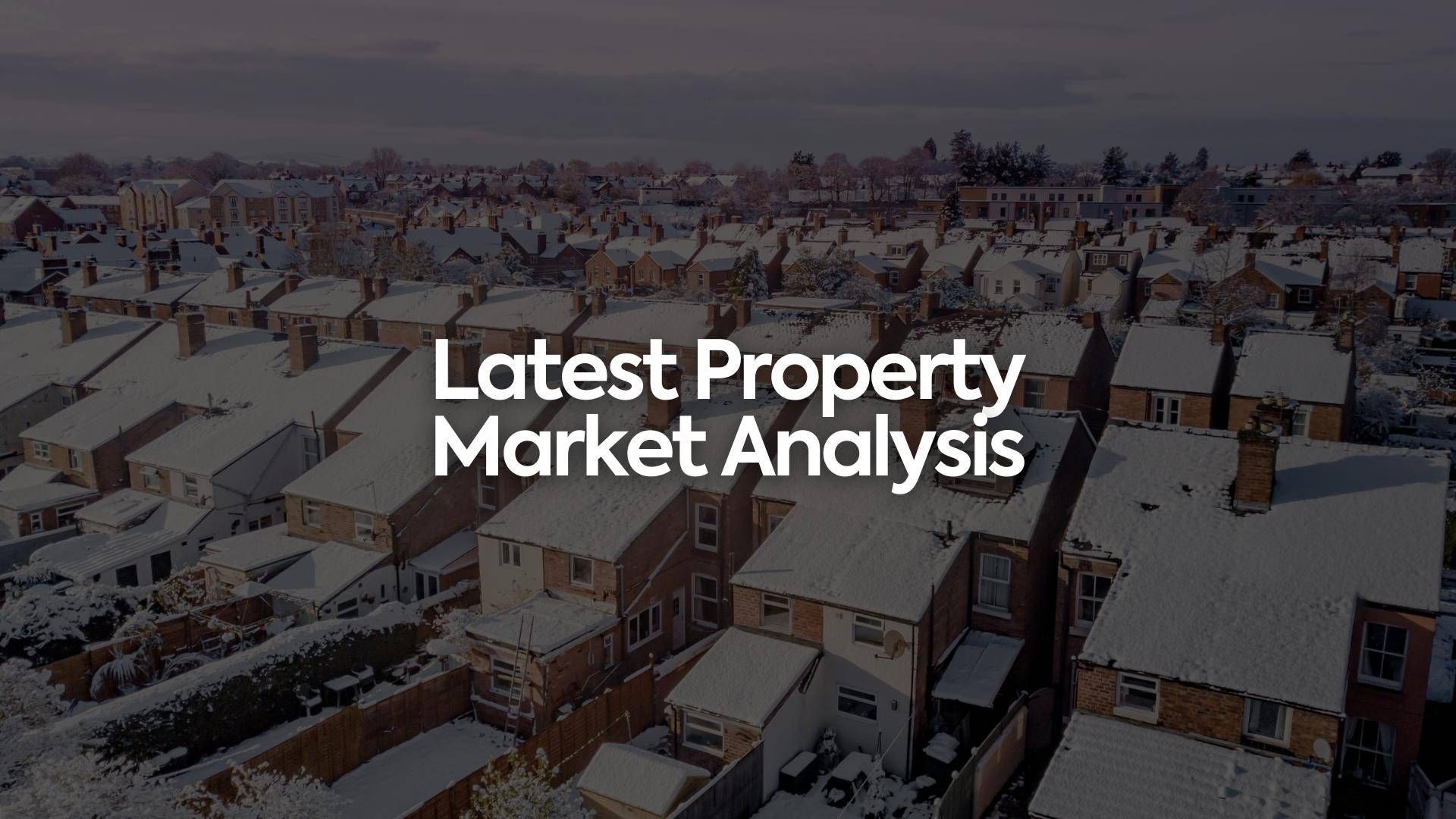Figures from April give an early indication of what lies ahead for home movers. Last month appears to mark a turning point in a market that has, up until now, defied the wider economic backdrop. While a bust isn’t forecast after such a big boom, the first signal of moderation has been identified by Nationwide.
Its April house price index showed increasing values but the devil is in the detail. The rate at which prices are rising has slowed. In February this year, prices increased 1.7%. In March, the uplift was 1.1% and in April, prices rose just 0.3%.
Rent rises also begin to slow
Has the zenith of rental value growth passed? While Goodlord reported a 4% rise in rents during March, April’s figures were not as stunning. Although rents did climb, the rate at which they did was slower. In fact, rents only rose by 0.5% between March and April, with the average monthly rent now £1,012.
Five other signs of a rebalancing market
Sales stock levels increasing: after months of property shortages, Zoopla suggests a more level playing field is ahead. The portal says the supply of homes newly listed for sale is increasing, running at 3% above the five-year average. It is hoped a better supply will temper house price growth.
More movers in higher stamp duty brackets: Zoopla’s analysis also revealed that an increasing number of people will face more expensive stamp duty bills, thanks to runaway property values. It estimates 4.3 million homes are now in a higher stamp duty bracket when compared to the start of the pandemic. Experts predict this increased cost will help control how frequently homes change hands.
Cost & choice clipping tenants’ wings: it is a similar picture in lettings, where the frenetic pace of property moves is already slowing. Propertymark says stubbornly high monthly rents and a shortage of properties are prompting tenants to stay in their current let longer.
Void periods increase: Goodlord’s void period observation also shows the heat has been taken out of the rental market. The number of days a buy-to-let is empty between tenancies has risen from 16 in March to 19 in April. This suggests more choice and less urgency to find a new rental.
Interest rates rise: the availability of affordable mortgages is one of the biggest controllers of the property market. If the most recent Bank of England hike – a rise of 0.25% to 1% on 5th May – is passed on to buyers by mortgage lenders, the natural by-product should be more borrowing caution.
Property search trends
Apartment living is making a comeback, according to a BBC report using Rightmove data. Searches for flats have overtaken those for terraced houses in a reversal of fortunes, while movers are looking at cities and commuter areas again as office life returns.
When it comes to the detail, buyers are most commonly searching for ‘annexe’, ‘acre’ and ‘garage’ as they still ‘race for space’. Tenants, however, are circumstance-orientated, searching for ‘pets’ and ‘furnished’. What does unite both sets of movers is outdoor access, with a garden still in everyone’s top five search terms.
Ground rent rethink
Most buyers of brand new homes on long leases will not have to pay ground rent from 30th July 2022. The Government’s scrapping of this fee represents an average annual saving of £310 for many buyers of new build flats and some new build houses.
Existing leaseholders should see intervention regarding their ground rent in the future. A second bill has been promised, which may pave the way for ongoing, established ground rent to return to its original rate, if the fee has risen over time, or to be reset to zero.
If you would like to know more about your local property market, please get in touch.
Share this article
More Articles
Sign up for our newsletter
Subscribe to receive the latest property market information to your inbox, full of market knowledge and tips for your home.
You may unsubscribe at any time. See our Privacy Policy.




